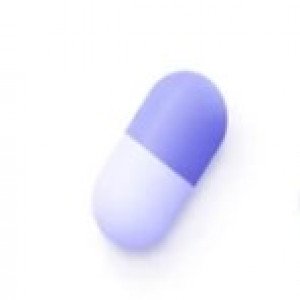 Welcome
Welcome
“May all be happy, may all be healed, may all be at peace and may no one ever suffer."
- A
- B
- C
- D
- E
- F
- G
- H
- I
- J
- K
- L
- M
- N
- O
- P
- Q
- R
- S
- T
- U
- V
- W
- X
- Y
- Z
Tetracycline Hydrochloride (Oral) - Brands
Tetracycline has its main mechanism of action on protein synthesis, and an energy-dependent active transport system pumps the drug through the inner cytoplasmic membrane of bacteria. Once inside the bacterial cell, Tetracycline binds specifically to the 30s ribosomes and inhibit bacterial protein synthesis.
Many Gram positive aerobic Cocci are susceptible, but many strains of staphylococci, streptococci and even some pneumococci are resistant to Tetracycline. Thus, tetracycline is not the drug of choice in infections due to gram positive aerobes.
Pseudomonas and many Enterobacteriaceae are resistant. Urinary concentrations are adequate for some community - acquired E. coli and consequently, Tetracycline is still used in uncomplicated initial UTIs. Tetracycline is also active against and is the drug of choice for Brucella species, Calymmatobacterium granulomatis, Vibrio cholerae and V. vulnificus.
Tetracycline is also active against anaerobic species of bacteria and since concentrations of the drug are quite high in the gastrointestinal contents, the enteric flora are usually altered by the drug.
Tetracycline is incompletely absorbed from the gastro-intestinal tract, about 60 to 80% of a dose of tetracycline usually being available. It is widely distributed through the body tissues and fluids.
Tetracycline has a half-life of about 12 hours. It is excreted in the urine and in the faeces.
To be happy, beautiful, healthy, wealthy, hale and long-lived stay with DM3S.
